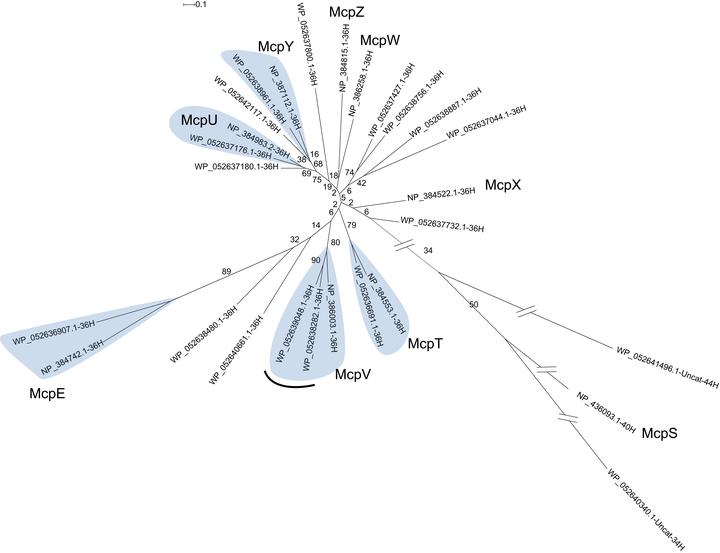Phylogenetic and protein sequence analysis of bacterial chemoreceptors

Abstract
Identifying chemoreceptors in sequenced bacterial genomes, revealing their domain architecture, inferring their evolutionary relationships, and comparing them to chemoreceptors of known function become important steps in genome annotation and chemotaxis research. Here, we describe bioinformatics procedures that enable such analyses, using two closely related bacterial genomes as examples.
Type